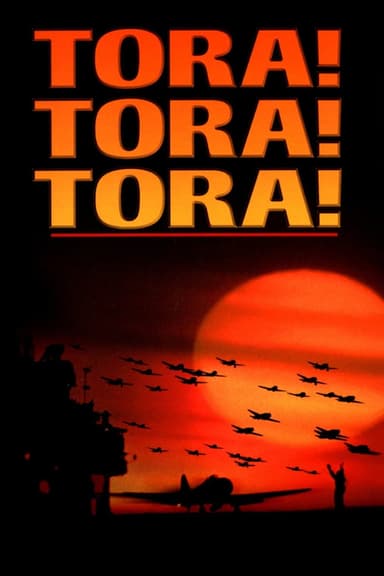
The Dirty Dozen
1967 • Action, Adventure, War • NR
12 American military prisoners in World War II are ordered to infiltrate a well-guarded enemy château and kill the Nazi officers vacationing there. The soldiers, most of whom are facing death sentences for a variety of violent crimes, agree to the mission and the possible commuting of their sentences.
Runtime: 2h 29m
Why you should read the novel
Reading E.M. Nathanson's 'The Dirty Dozen' offers a richer, more nuanced experience than watching the film alone. The novel delves deeper into the backgrounds and psychology of the condemned soldiers, illuminating the complex motivations that drive their bitter choices. Readers are immersed in the men's transformation from criminals to reluctant warriors, with far more space for introspection than the high-octane pacing of the movie allows.
In the book, intricate personal details and moral dilemmas are explored with greater depth, capturing the tension, desperation, and unpredictable alliances formed under extreme pressure. Nathanson provides broader commentary on war, authority, and redemption, inviting you to connect—or recoil—from each member of the titular dozen in ways the film cannot fully depict.
The novel offers a grittier, more realistic portrayal of military discipline, psychological trauma, and the horrors of war than the film adaptation. With its expansive narrative and penetrating focus on human nature, 'The Dirty Dozen' is a compelling read for anyone interested in the true costs of violence, leadership, and survival.
Adaptation differences
One major difference between the book and the movie lies in the depth and background of the main characters. The novel provides detailed personal histories, delving into the crimes, personalities, and motives of each member of the Dirty Dozen, while the film often reduces them to distinctive but simpler archetypes for the sake of screen time and pacing.
Additionally, the tone in Nathanson’s novel is much darker and less comedic than the film adaptation. While the movie injects dark humor and action-focused sequences to appeal to a wider audience, the book paints a bleaker picture of the consequences and brutality inherent in war and the mission itself.
The fate of several characters differs significantly between book and movie. The film alters the outcome for dramatic effect, often simplifying or glamorizing certain events, whereas the novel presents a more ambiguous and morally complex narrative concerning who survives and the nature of their redemption—or lack thereof.
Finally, the mission in the book is portrayed with greater attention to military procedure, preparation, and psychological tension, giving a sense of realism and slow-building dread absent from the movie’s more action-driven, explosive finale. The book’s conclusion does not offer the sense of closure or cinematic triumph seen in the film, instead leaving readers with unsettling questions about justice, authority, and sacrifice.
The Dirty Dozen inspired from
The Dirty Dozen
by E.M. Nathanson










